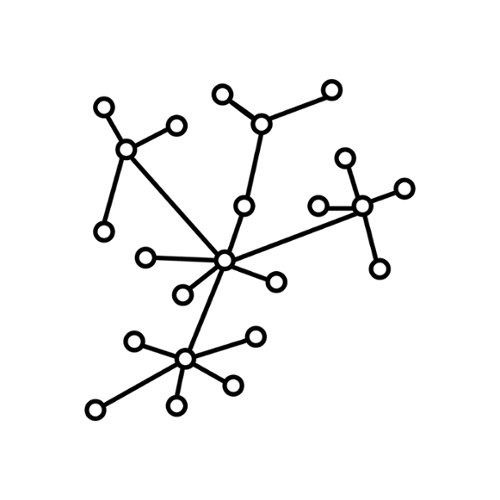 Computer scientists, by and large, are not considered particularly artistic. When you spend your time in the world of bits and bytes, algorithms and loops, and nodes and edges, you may not think much about aesthetics. To the extent that you do, you might think, “How can I get a computer to create an image or a song or a poem by itself?”
Computer scientists, by and large, are not considered particularly artistic. When you spend your time in the world of bits and bytes, algorithms and loops, and nodes and edges, you may not think much about aesthetics. To the extent that you do, you might think, “How can I get a computer to create an image or a song or a poem by itself?”
With recent advances in artificial intelligence (AI), computers are gaining the ability to create art, or something like it.
Early Drafts
In the area of music in particular, AI is making serious inroads, going from a novelty to a useful composition tool only in the last couple of years. Tools such as Amper, IBM’s Watson Beat, and Google Magenta can all take user-specified criteria and generate melodies, chord progressions, bass lines, percussion, and more, which the user can then tweak to craft a complete piece. Pop artist Taryn Southern, of American Idol fame, has recorded an entire album with the help of AI. The music on the album was not composed solely by AI, but AI tools provided the basic melodies and phrasing that Southern turned into complete songs.
Apparently taking things a step further, one company, Aiva, is using AI to compose background music and film scores:
Aiva (which stands for Artificial Intelligence Virtual Artist) doesn’t reveal many details on how much, if any, human input goes into these compositions. But even if only a fraction is the AI’s own work, it’s pretty impressive.
Over in the visual arts, the results so far are decidedly mixed. One research group created an AI model called AttnGAN, which draws pictures on the basis of user-specified captions. Although some of the results are more or less recognizable, others could be charitably described as “abstract.” See for yourself.
Turning our attention to the written word, AI can already compose grammatically correct sentences in many different languages, and some of them actually convey intelligible meaning. When it comes to poetry, however, they have a ways to go. Here’s a sample generated by one of Google’s AI research projects:
there is no one else in the world.
there is no one else in sight.
they were the only ones who mattered.
they were the only ones left.
he had to be with me.
she had to be with him.
i had to do this.
i wanted to kill him.
i started to cry.
i turned to him.
Don’t quit the day job, Google.
How AI Art Works…or Doesn’t
As regular readers of this blog know, AI—in particular, the deep neural network variety of machine learning on which the examples above rely—does what it does by being “trained” on stupendous amounts of data. In Google’s poetry generator, the system digested more than 11,000 unpublished books. Given two sentences (the first and last of the poem), the system generated the sentences in between. Similarly, AttnGAN studied thousands of tagged images of various objects, and the music-composing AI systems were trained on many thousands of music pieces in various genres.
But why is it that AI can compose pretty good music, but awful poetry and garbled pictures?
Keep in mind, this is coming from someone who is not an expert in art of any kind, but here goes: Machine learning systems are really good at identifying patterns, and music is a highly pattern-driven medium. It’s fairly easy for a computer to parse the digitized waveforms representing the sounds produced by different instruments, and if those waveforms (and combinations of waveforms) are tagged appropriately, a well-trained AI system can generate new sounds—that is, new patterns—with relative ease.
Visual and written arts tend to be less about patterns. Drawings, paintings, and photographs are informed by somewhat abstract rules of line, curve, color, shading, and perspective that most humans can grasp but are harder to teach a computer. Writing is harder still: A good poem evokes intense imagery that touches the reader’s emotions, and it does not always do so by strictly following the rules of grammar. Poetry offers very little in the way of patterns for a computer to recognize and leverage to reach that level.
The Future of AI in Art
So the painters, poets, and novelists of the world need not lose any sleep over AI…yet, anyway. Even for musicians, AI is at best a tool to be used in the creation process; it will be some time before an AI system wins a Grammy award for a song it composed entirely on its own.
But it’s still early days, and research continues apace. It will be interesting to see where AI takes the art world.

















